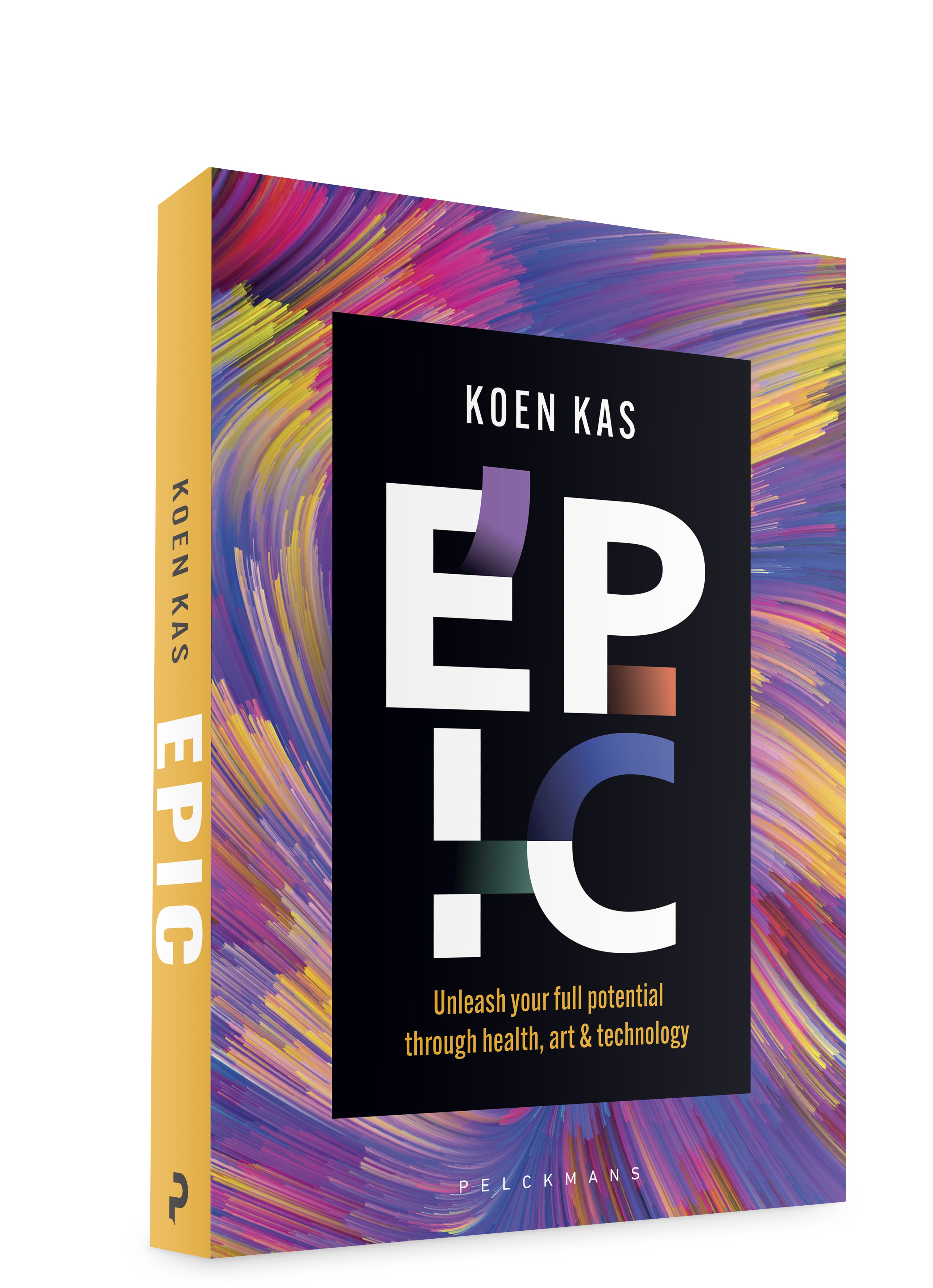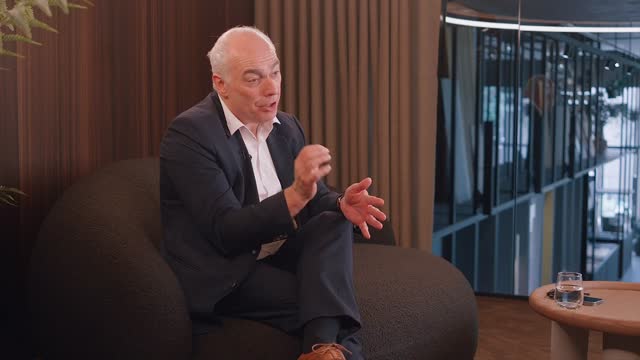Real World Data & Digital Biomarkers
In the summer of 2012 I experienced my first workation. In Piemonte, the north of Italy, in a city called Alba. World famous for its Barolo wines, the Nutella factory, and for pigs harvesting white truffles. Well, for the experience of savouring the freshest white truffles, still an experience etched in my memory.

The work part focused on writing a meta-analysis on what would be the best diet for cancer prevention. Outcome: the traditional Mediterranean diet, which is based on abundant and variable plant foods, high consumption of cereals, olive oil as the main (added) fat, low intake of red meat and moderate consumption of wine. The paper is here.
At some point however, while sharing data, one of my Italian colleagues commented on this map I showed him. The United States visualised by the distance to the nearest McDonald’s. The more light, the more restaurants around. Which led to a Spock-like ‘fascinating’. At that time, there was only one McDonald’s in the entire Piemonte region.
Which led to the conclusion that we can recommend a certain diet, but that it is pretty hard to exclude that the absence of fast food doesn’t play a role, or even a bigger one, as well.

Enter Real World Data, in this case location data. A social determinant of our health (SDOH). Which are still most influential in determining how old you will get. Indeed, the two most determining factors thereto are the age your parents will have when they die, and your postal or zip code. Location, location, location.
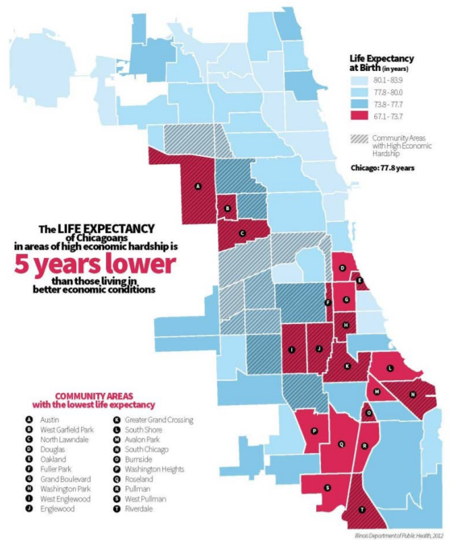
While this seems anecdotal, it bears to mind which other location data are relevant. Temperature, humidity, pollution, allergens, noise. What else?
Well, broken lights. Indeed, while we’re pretty much aware that 150 minutes of weekly exercise decreases all causes and cardiovascular mortality, I won’t be able to motivate my patient to get out for a jog .. if the lights in his/her street are broken. Such data we call REAL real world data.
By the way, did you know that not the traditional blood pressure lowering ACE inhibitor therapy, but pet ownership blunts home blood pressure responses to mental stress. Hence maybe you have to sell me a drug and a pet. Or just the pet.
GoInvo created a comprehensive open source visualization of these social determinants of health here.

Even better, they also added biological and behaviour parameters, all together creating a true holistic picture of men’s health.
This was the foundation for our team to start scouting for digital ways to collect these parameters. For mapping any possible digital biomarker we could think of. That is a never ending work in progress. Markers get better, solutions come, and sometimes also go. This visual shows a grip of topics in our digital tool portfolio. It covers sensors and digital tools to capture any vital parameter, motion, muscle strength, gait & posture, vision, voice & sound, sleep, brainwaves, cognition & mood. Two side tracks look respectively into biomarkers in breath and into non-invasive ways to assess blood parameters.
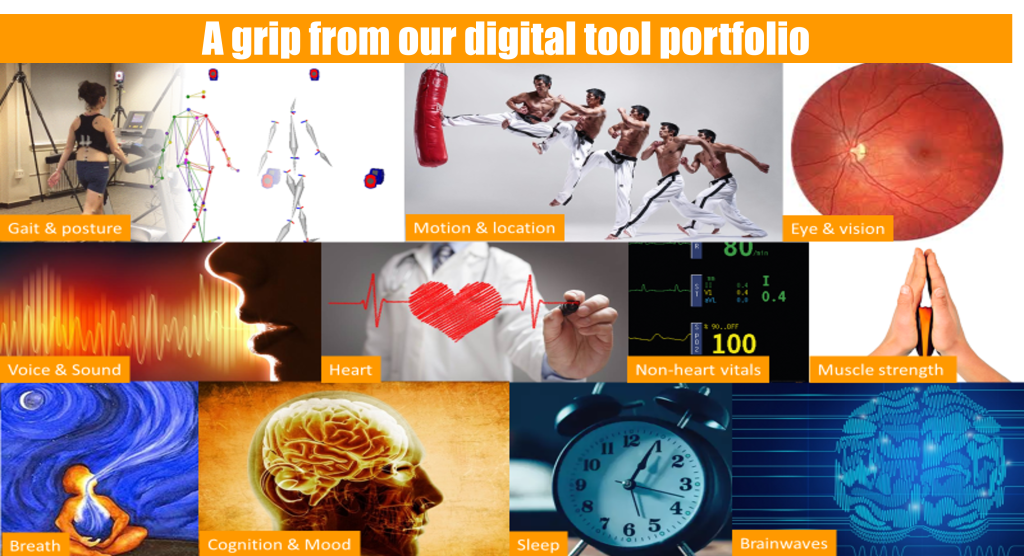
An exciting opportunity now is to use some of these digital biomarkers as surrogates for a behaviour analysis. Three fantastic examples demonstrate this.
The first one is provided by Klue (now a Medtronic company). The way we move our hands holds the key to understanding many of our behaviors. Using Klue’s gesture sensing AI with an off-the-shelf wearable or watch, they’ve been able to crack the code to access that information. All of a sudden one can suggest not to drink another soda, but stick to a glass of water. Welcome into the real world of your patients.
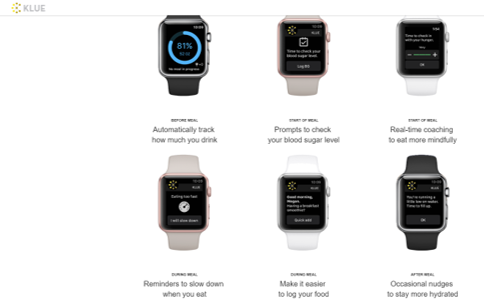
The size of our pupils changes continuously in response to variations in ambient light levels, a process known as the pupillary light reflex (PLR). This light reflex could be turned into a biomarker for concussion.
Yet another example comes from Oncoustics. Their AI solutions turn inexpensive Point of Care ultrasound devices into powerful diagnostic tools for faster, cost effective detection and monitoring of diseases including diseases in the liver, prostate, kidney, breast and thyroid.
Which allows me to get to the point. One of our major ambitions is to leverage our knowledge to create real data-driven, predictive and preventive healthcare.
On our way, we welcome – and are constantly on the look-out for – novel initiatives like SOAP. SOAP is a medical interviewer, which actually also asks for my social determinants of health and incorporates them in my medical dossier. 2021. It’s kind of amazing this is a novel feat.
Not coincidentally, it was (real) soap which extended our lifespan with 100% in the last 200 years, simply by teaching us basic hygiene. In Corona times it took on that role again.
Where do we get from here?
Finally I like to mention the ambitious Belgian personal data platform We Are. I believe this could provide the solution for a major challenge in governing and dealing with real world data. It’s the citizen who should be in the driving seat. Indeed, We Are provides citizens the chance to share whatever personal health data they decide. The citizen can manage his or her own data, and chooses which data (whether or not anonymised) may be used and by whom. There is clarity at all times about what happens to personal data. Institutions and/or companies are given new opportunities for research and development. There will be collaboration with existing platforms for data sharing and services. The first application running on We Are was launched just a few weeks ago. BIPOPP provides a tailor-made action plan based on data the citizens shared, to discover healthy lifestyle activities with local providers.
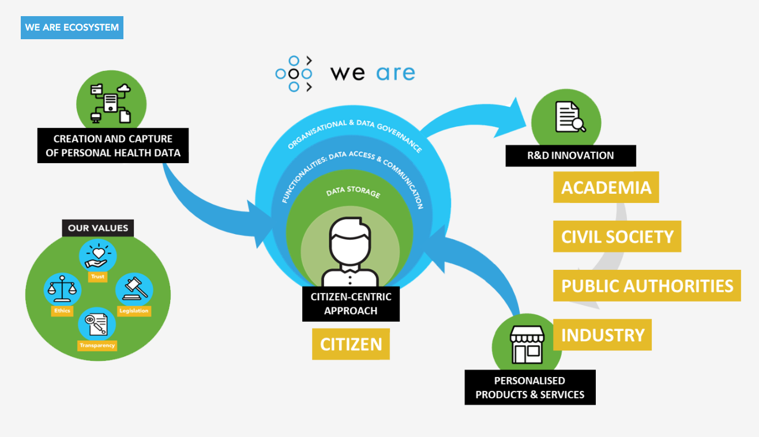
We envision a few ways to start working with that platform, in collaboration with pharma and hospitals we serve.
Only, and only if we start to be able to build a comprehensive picture of who we are, can we start to envision the promise of a digital twin, a digital representation of ourselves, which will serve to keep us healthy. That comprehensive picture will encompass biological parameters, including all types of omics data, our medical history but mainly REAL real world data, including the social determinants of our health. This way we’ll prepare ourselves for the birth of a digital version of the Chinese doctor who, 3000 years ago, knew everything about me, and therefore got paid as long as he kept me healthy. Take that for a value-based care model.

